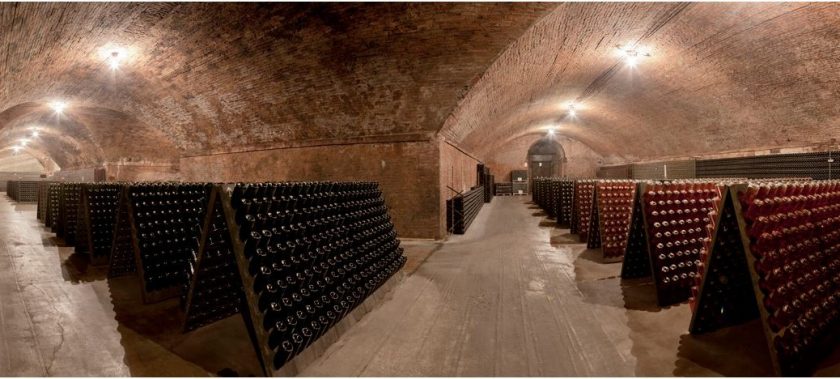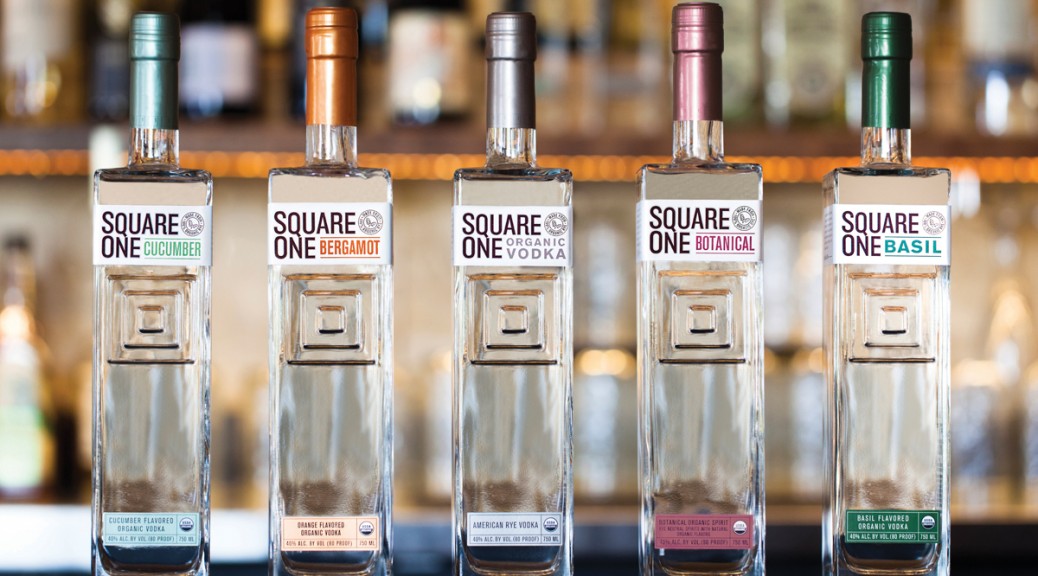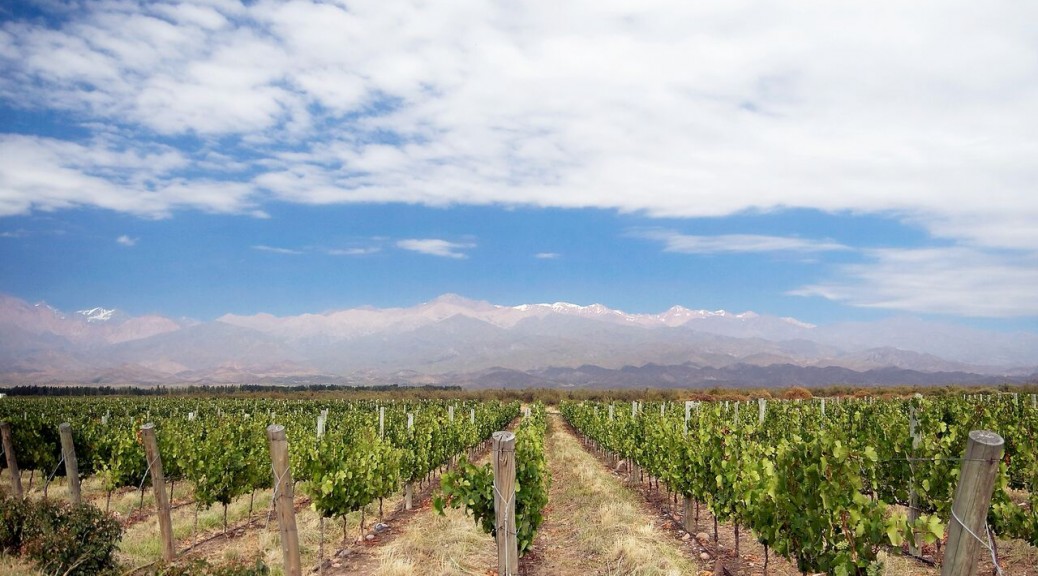It’s not easy for sparkling wine producers to enter the Skurnik Wines portfolio. All of our wines are subject to a rigorous selection process, but the standards for sparkling wines are impossibly high. How could it be any other way? With estates like Vilmart, Egly-Ouriet, Gimonnet, and Pierre Péters as our standard bearers, makes entry for other bubbles is extremely challenging. But some producers do pass muster with three important components: extremely high quality; artisanal methods of production; and incredible value. Within the Italian portfolio, we have the great honor of representing three estates which produce Metodo Classico sparkling wines: Ronco Calino, Contratto, and Murgo.
Ronco Calino – Franciacorta, Lombardia, Italy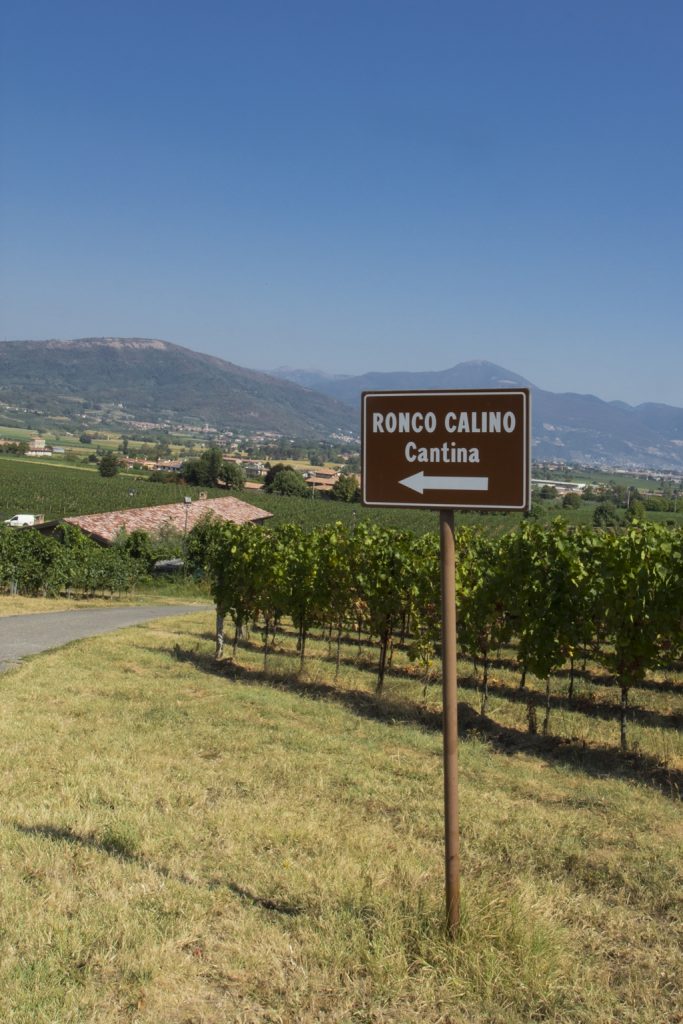
The region of Lombardia has produced wine since the 13th century, but it wasn’t until the early 1960s that the first sparkling wine was introduced to the market under the name Pinot di Franciacorta. Over the next several years, production of Franciacorta grew exponentially, and the region was officially granted DOC status in 1967, with an elevation to DOCG in 1995.
The delimited area of Franciacorta is located within the province of Brescia, southeast of Lake Iseo. Roughly 15 square miles in size, the region has just over 100 producers with roughly 2,100 hectares under vine (by comparison, the region of Champagne has over 32,000 hectares planted). Today, Franciacorta sparkling wine is produced from Chardonnay, Pinot Nero, and small amounts of Pinot Bianco grown in calcareous, mineral-rich, gravelly sand soils of morainic origin with a limestone subsoil.
Franciacorta is produced in five main styles:
- Franciacorta Brut NV: Aged a minimum of 18 months on the lees; cannot be released until at least 25 months after the harvest. Pinot Bianco may be included up to 50% of the blend.
- Franciacorta Satèn: A blanc de blancs produced from Chardonnay, with Pinot Bianco allowable up to 50% of the blend. Characterized by its soft, silky mouthfeel, a result of lower pressure in the bottle (less then 5 atmosphere instead of the usual 6). Aged a minimum of 24 months on the lees.
- Franciacorta Rosé: Must contain at least 25% Pinot Nero, with a minimum lees aging time of 24 months.
- Franciacorta Millesimato: Grapes come from a single harvest (minimum requirement is 85%). The wine must spend a minimum of 30 months on the lees, and may not be released until at least 37 months after harvest.
- Franciacorta Riserva: Grapes come from a single harvest (minimum requirement is 85%). Aged a minimum of 60 months on the lees. Cannot be released until 67 months after the harvest.
In 1996, Paolo Radici, an entrepreneur from Bergamo, was seeking a place to cultivate his passion for sparkling wines and came across an unexpected opportunity in Franciacorta. Just down the road from Erbusco, an old estate belonging to the great pianist Arturo Benedetti Michelangeli was up for sale. The land is situated on a hill overlooking a morainic landscape, with ten hectares of prime Franciacorta DOCG vineyards. This opportunity ignited Radici’s desire to make the switch from fervent connoisseur to actual wine producer. Paolo purchased the estate and built his winery as a prime example of efficiency and architectural splendor, fully respecting tradition and the surrounding countryside.
Ronco Calino’s philosophy is characterized by an ongoing search for excellence, and several features of their location favor this ambitious aspiration: poor yet varied soil in the vineyard; north-west facing vines, which allow late-ripening of the grapes so that the harvest is in a cooler period of the year; and the single cru status of the vineyard. Today, sixteen harvests after its debut, Ronco Calino produces just 5,000 cases a year, including a captivating Brut Franciacorta – an elegant cuvee of Chardonnay and Pinot Nero which spends 21 months on the lees; a rich and creamy Cuvee Satèn (100% Chardonnay); and a Rosé Radijan Franciacorta – dedicated to Paolo’s father, made exclusively from Pinot Nero and aged on the lees for 24 months.
Franciacorta Brut, Ronco Calino
Franciacorta Brut Saten, Ronco Calino
Franciacorta Brut Rose ‘Radijan’, Ronco Calino
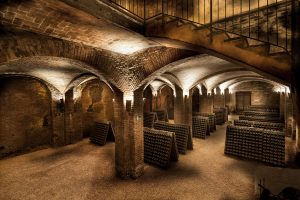
Contratto – Oltrepò Pavese, Lombardia, Italy
Oltrepò Pavese is the only part of Lombardia located south of the Po river (hence Oltre-Pò), in the southern half of the province of Pavia along the border of Piedmont. Here, sparkling wines from Pinot Nero, Chardonnay, and Pinot Bianco have been produced since the 1800s.
To wander through the caves at Giuseppe Contratto’s masterpiece of a winery in Canelli is to shake the living hand of almost 150 years of Italian sparkling wine tradition. The very first bottles of Italian metodo classico were made here, as was the very first vintage dated Italian Metodo Classico Extra Brut in 1919. The underground cellars, dug out manually when the winery was founded in 1867, took ten years to complete, and are more than 100 feet underground. They are far more impressive than anything else in Italy, and are a UNESCO World Heritage site. At one time, wine was leaving from these cellars to destinations all over the world. Contratto was supplier not only to the Vatican, but also to the House of Savoy (the Italian Royal Family), as well as to the British monarchy. Contratto was shipped across the world as the beverage of choice for the ambassadors and colonial governors of the British Empire. Within Italy, the name Contratto itself is inextricable from the history of “bollicine”—the estate was for a long time the number one producer, predating the arrival of Franciacorta by 90 years.
In 1993, after 126 years in the hands of the Contratto family and somewhat in decline, the winery was sold to the Bocchino family, who own a local grappa distillery in Canelli. Carlo Bocchino and his family undertook an extensive restoration of the property, but found it difficult to manage both the distillery and the “bollicine” business. In 2007 he sought help. Carlo Petrini, president and founder of the Slow Food movement, suggested that Bocchino meet Giorgio Rivetti, a longtime lover of sparkling wines and importer to Italy of some of the finest Champagnes. Giorgio came on as a secret consultant, but became so enamored with the project that in 2009 he and his brothers decided to buy Contratto from the Bocchino family.
The focus at Contratto is on Pinot Nero. All wines are a minimum of 80% Pinot Nero with the balance as Chardonnay. The vines are approximately 40 years old, and are at the high elevation of 400-500 meters above sea level along the spine of the Apennine mountains. The labels are the original design of Leonetto Cappiello, considered one of the fathers of belle époque poster advertisements.
Metodo Classico Brut Millesimato, Contratto
Metodo Classico Brut ROSE “For England”, Contratto
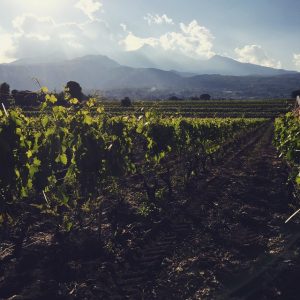
Murgo – Sicily, Italy
The Scammacca del Murgo family is one of the few winemaking families who can claim long, deep Etna roots; longer than even some of the older Nerello Mascalese vines! For more than 150 years this family has cared for olive and fruit trees, crafted fine olive oils and jams, and nurtured Etna’s native grape, Nerello Mascalese, under the mountain’s looming shadow. The estate sits on the southeast slopes of Mount Etna at an altitude of over 500 meters above sea level. Soils in this area high in volcanic material, lending aromatic complexity and unique personality to the wines.
Although the estate has been in the Scammacca del Murgo family for many years, they only began bottling their wines for sale in 1980. In 1981, Baron Emmanuele Scammacca del Murgo oversaw a modernization of the estate in order to ensure quality for future generations. Today, his sons Michele, Pietro, and Matteo work together in both the vineyards and the cellar in pursuit of that goal.
At Murgo, the concentration is on the indigenous Nerello Mascalese, from which they produce their Metodo Classico wines, aged at least 22 months on the lees. These are unique, characterful expressions of the Etna terroir.
Brut Metodo Classico, Murgo 2011
Brut Rosé Metodo Classico, Murgo 2012




